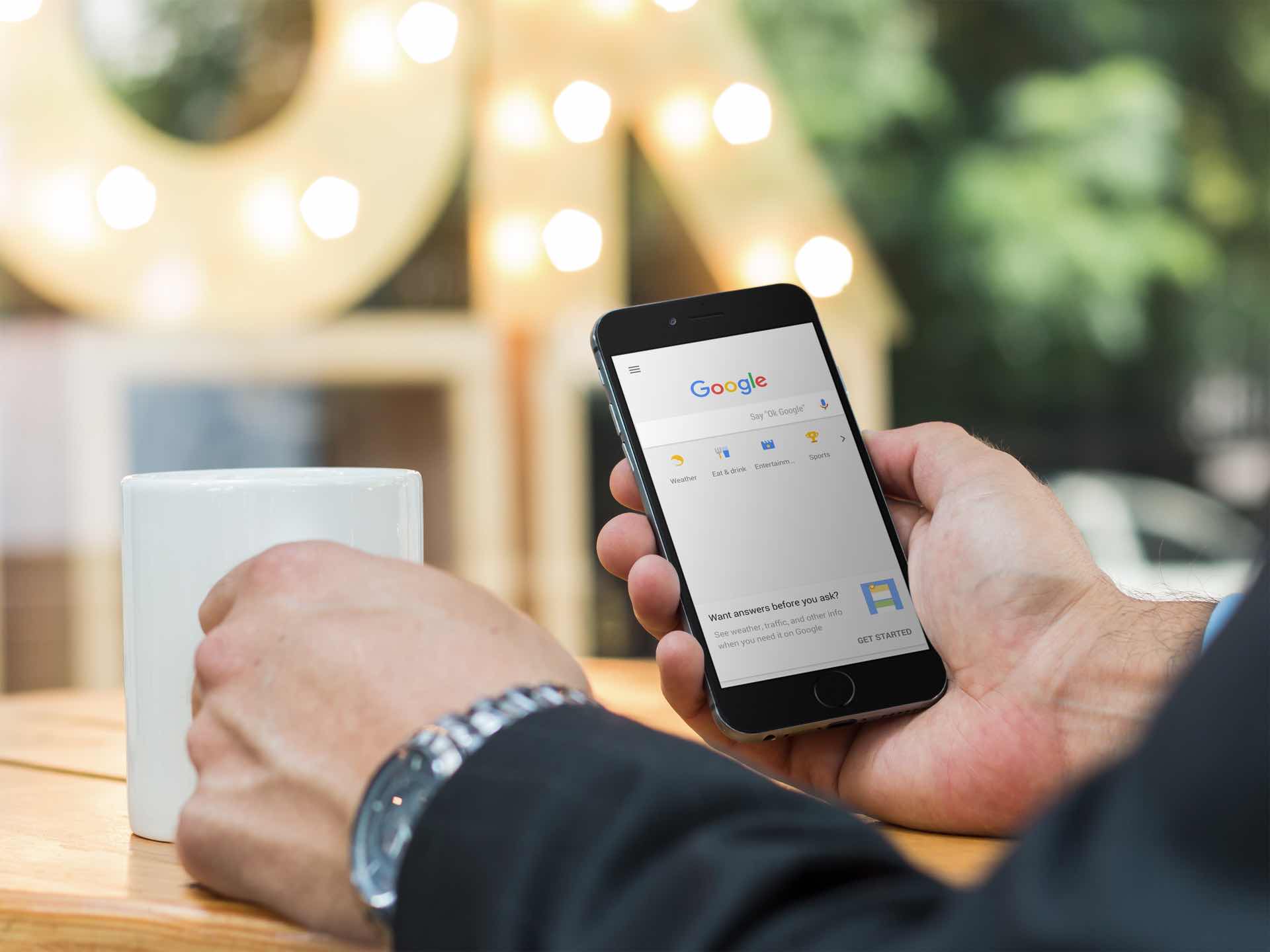How to Use Inbound Marketing to Close More Business
An inbound marketing strategy is the best way to communicate with buyers in the new marketplace, but what about actually converting those fans into clients? Is this where inbound washes its hands and takes a back seat to the sales team?
Consider:
- B2B companies that conduct sales online report profit margins four percentage points higher than companies that do not sell online.
- The B2B branch of Amazon.com sells more than 2.25 million products online.
- In 2013, 28% of B2Bs said that over 50% of their revenue comes from an online channel and only 5% predicted no growth in their online business.
Those numbers mean that even B2B buyers are doing more of their actual purchasing online, in addition to their research. They’re completing their entire journey on their own, and showing themselves out of the bottom of the sales funnel, which means inbound should still be at work.
Guiding a decision maker through the sales funnel, or along a buyer’s journey, is an increasingly delicate process in a marketplace where the buyers call the shots and trust is at a low ante. Some of the basic principles of inbound marketing – meeting buyers where they are, positioning the brand as a valued resource, encouraging confidence – should continue to guide corporate strategy through the finish line.
Nurture an Audience
New buyers continue to self-educate, and blur the lines between stages in the traditional sales funnel, but brands still need to perform the basic functions of generating and nurturing leads. It can be difficult to pinpoint where independent, informed decision makers are in their buying journeys, but inbound marketing strategies will help you outline a plan for captivating and nurturing leads in the new marketplace.
Create a Content Trail
Your inbound strategy should lay out a clear path for your audience, because it will help your team create content and it will help your fans become clients.
A defined buyer journey will help your team anticipate pain points and questions at each stage, so that you can provide content to move decision makers along. If there’s a content gap, your audience will get stuck.
Relevance.com Co-Founder, and VP of Audience, Chad Pollitt, turns crowds into clients with well-positioned content.
Properly executed inbound marketing attracts the right audience only if a brand helps its target demographic solve pain. Not just any pain, but a pain that aligns with the purpose of the brand. Converting that audience into the right leads requires brands to offer prudent pain-solving content valuable enough to enable the quid pro quo transaction on a lead form. – Chad Pollitt (@ChadPollitt), Co-Founder, Relevance.com
Anticipating that pain is a matter of putting in the time to round out your buyer personas. Ask questions pertaining to every stage of the journey, and then develop great resources to answer them.
- Before your buyer understands her problem, what symptoms might she experience?
- Once she understands her need, what clarifying questions will she have?
- What specific qualities will she then look for in a solution? Speed? Quality? Ease?
- When she starts to close in on a solution, what obstacles will pop up?
- After dealing with the obstacles, what is her first step to implementing the solution?
- With your solution in place, how does she measure success?
- Now that her problem is solved, how does she continue to improve her business?
Internet marketing pioneer Dana Todd has over 18 years of experience in digital communication, and in that time has mastered the art of mapping audiences.
Inbound marketing is heavily dependent on great content. When you think about developing your content strategy, it’s best to map the various audiences you serve into different flows. That way, you can more easily create content that serves to both attract and convert (as well as to filter and pre-educate, so that it’s a faster time to transaction once they contact you). It can also tell you what type of assets you should produce (video, software/app, slidedeck, text, photos), in order to best facilitate the flow. – Dana Todd (@DanaTodd)
Over the past 25 years, Jonathan Block has developed models and frameworks that allow B2B organizations to understand, evaluate, and implement appropriate marketing and sales technologies. He understands the value of strategic personas in developing content.
Outline your buyers’ process and the key roles that participate in it. Once these key roles have been identified, develop personas to help you reveal key challenges, initiatives, and preferences each of these buyers have. Then, clearly define the information needs of buyers in specific stages and map your content assets so that the most appropriate content will resonate. – Jonathan Block (@JBlock), VP of Technology, SiriusDecisions
Your industry expertise combined with a deep understanding of your target audience’s needs will allow your team to create a breadcrumb trail of high-quality resources that will guide buyers through their journey.
Post Signs
A thorough content strategy will make sure there are no potholes in your buyers’ journey. As your content library continues to grow, however, an opposite problem can occur. Instead of being paralyzed by a lack of content, buyers sometimes find themselves paralyzed by too much content. Those buyers fail to become clients not because of a gap in their journey, but because they simply didn’t know where to go next.
In addition to providing excellent content that anticipates the needs and questions of your audience, present clear calls to action that constantly point out their next steps.
Those signposts can take many forms:
- Suggested content – End each post and page with links to more on the same topic, and information on the next stage in the buyer’s journey.
- Email signups – Don’t just ask for email addresses – explain how it will help. What kind of information will you share? How is it more beneficial than browsing your site?
- Questions – Asking strategic questions – on your social channels, or at the close of blog posts – forces buyers to apply your content to their situations, and helps them decide what their next steps should be.
Provide opportunities in most of your content for buyers to immediately take the next step.
Present options for potential customers to choose their own path to resolution. Have a few of them readily at hand for users via embedded links or email signup forms. Each little snack or interaction can answer a different question, or it can simply entertain them enough to feel that they “like” you as a brand, which can ultimately be one of the strongest impacts to decision. If you also have a marketing automation platform, you can help push out follow-up material on a drip schedule. – Dana Todd (@DanaTodd)
Marketing automation is a powerful way to continue pointing decision makers to their next step. As one of the Top 25 Global Influencers in Sales and Sales Management, Ian Brodie knows the power of strategic content and email automation.
The key is to offer content appropriate for different phases in the funnel. So again it’s vital to understand what potential clients care about at each stage, and it’s just as important to know which stage they’re at, so we can offer the right thing.The simplest way to do this by far is to use email marketing. You can sequence what you’re sending and offering to people so that they receive appropriate material as they head down the marketing funnel. And with more advanced systems you can trigger future emails based on what content your subscribers click through to and consume, so you can ensure you’re delivering the material they care about at the right time. – Ian Brodie (@IanBrodie)
There are other strategies and technologies for marking the trail as well. Chad Pollitt wrote a book titled, 51 Things Your Mother Taught You About Inbound Marketing, so he knows a few:
Other forms of lead nurturing include building custom website experiences for people at different stages of the funnel, having prudent and timely social media conversations and phone calls. Mobile push messages, SMS, MMS and geo-fencing can also be deployed, as well. – Chad Pollitt (@ChadPollitt)
We still call it “lead nurturing,” but most of the tools are based on well-planned content. The gradations of the traditional sales funnel are blurring as the whole process smooths into one very smart inbound marketing strategy. From audience member to qualified lead, buyers may be guiding their own tours, but inbound marketers are laying the path.
You Are Here
If your content is mapped and directional, but your audience still just isn’t converting, it’s time to take a step back and make sure you’re talking to the right audience to begin with. Is your entry level content appealing to the right crowd?
A good company blog will see a three to four percent conversion rate of readers into buyers. If your content strategy is tight, but your conversation rate is consistently lower than three percent, you might not be starting with the right audience.
The key is to understand who the right audience is, and what they really care about. Most of the clients I work worth sell high value services. They want to catch their potential clients early in their buying cycles so they can build credibility and trust, and be top of mind when those clients are ready to buy. – Ian Brodie (@IanBrodie)
Compare your audience with the personas you created. If they don’t match up, you’re probably asking the wrong questions. Step back, dialogue with decision makers in your target industry, and redraw your map.
Close More Deals, Faster
Because buyers are avoiding the sales team until the last possible moment, some say that marketing is now responsible for up to 80% of the sales process. New buyers are challenging traditional models and marketing strategies, and while inbound marketing is answering the call for a different approach to marketplace communication, brands are going to have to start rethinking the relationship between marketing and sales teams as well.
Fewer Silos, More Sales
Top Sales World Magazine recently named Ian Brodie as one of the Top 50 Global Thought Leaders in Marketing and Sales, and he’s uncomfortable with the current system.
I think the whole concept of “sales-ready leads” is completely outdated. It comes from an age when we created silos in our organisations that blasted out messages en masse (marketing), and then dealt with enquiries one-on-one (sales). But winning clients is a much more integrated and sophisticated process these days. To say that marketing needs to produce “sales-ready” leads is to assume that we need the same sales silo with the same skills and processes as we’ve had for the last few decades, and that just isn’t true.– Ian Brodie (@IanBrodie)
As an experienced business technologist, product manager and industry analyst, Jonathan Block has watched marketing and sales teams respond to the changing marketplace for two and a half decades.
While it used to be easy to classify any marketing activity that occurred before an identified prospect took initial action as an awareness program, the fact is that buyers may already be interacting with an organization for a long time before they are considered an inquiry simply because they haven’t yet been identified. Organizations must contend with a new reality that not only blurs the distinction between seeding and creating demand, but also recognizes that prospects may be qualified before the company realizes it.– Jonathan Block (@JBlock)
The marketplace revolution is changing how businesses do business, one step at a time. As marketers continue to turn to inbound as the answer for reaching new buyers, the influences of self-educated and independent decision makers will reach further into our organizations’ structures.
How to Restructure During Business Hours
But you can’t shut down marketing and sales for a remodel, so look for ways to mix the two together as much as possible.
- Define the journey – When sales and marketing define the buyer’s journey together, marketing can create great content and sales can know when and where to meet decision makers.
- Define the process – Get the team together to articulate the hand-off. What one model is the whole, two-part team using? When does sales step in? What specifics do they need from marketing?? What happens if sales doesn’t close a sale?
- Define the terms – What makes a buyer “qualified” and/or “highly qualified”?
Start getting sales and marketing together as much as possible, because the line between the two is constantly thinning. Brands that can set up sales and marketing to thrive in an inbound-driven market will be the ones that provide a seamless user experience and convert more sales.
A pioneer in the internet marketing industry, Dana Todd understands the need for the silos of marketing and sales to come down one brick at a time.
The natural tension between sales and marketing is not always productive. Marketing says, “We delivered plenty of leads,” and sales says, “These leads aren’t qualified,” in almost every company I’ve ever worked with. The first step in creating mutual happiness is to agree on how and what you consider a high quality lead. It sounds easy, but the decisions will affect many other systems and processes, such as the lead scoring schema in your CRM system, training materials for call centers, etc., so do spend the right amount of time here. Once you have the goals truly defined, then you can reverse engineer the types of people to target. – Dana Todd (@DanaTodd)
In the meantime, many executive teams still expect marketing to develop “well qualified leads” to hand over to sales. Marketers can demonstrate the value of inbound marketing by track engagements through the process to develop a good understanding of conversion rates.
Marketers must be able to measure the business value of their efforts, using both response rates and conversion quality to demonstrate impact. Conversion quality is particularly important because it looks at how closely inbound visitor profiles gathered via forms and registrations match the characteristics of defined target audiences.– Jonathan Block (@JBlock)
The current tension of inbound marketing lives in knowing its strategies are the best response to a changing market, but trying to report an ROI based on outdated models. Still, monitoring responses and conversions through to closed sales is possible, and becoming easier with automated systems like SalesForce and Hubspot. Marketing is being forced into a bigger role, but inbound is making it possible.
Convert to Close
From converting passive audience members to closing business, inbound marketing continues to answer the challenges presented by a new breed of decision maker. Marketing models are giving way to buyer journeys, and more of the sales funnel is stretching back into marketing’s territory. The basic strengths and strategies of inbound that help attract new eyes to your brand, follow through to closing the deal: give them the information they’re looking for, earn trust, ease pain, and make sure the user experience remains priority over business practices and the status quo.
What's Next?
Profound Strategy is on a mission to help growth-minded marketers turn SEO back into a source of predictable, reliable, scalable business results.
Start winning in organic search and turn SEO into your most efficient marketing channel. Subscribe to updates and join the 6,000+ marketing executives and founders that are changing the way they do SEO:
And dig deeper with some of our best content, such as The CMO’s Guide to Modern SEO, Technical SEO: A Decision Maker’s Guide, and A Modern Framework for SEO Work that Matters.




